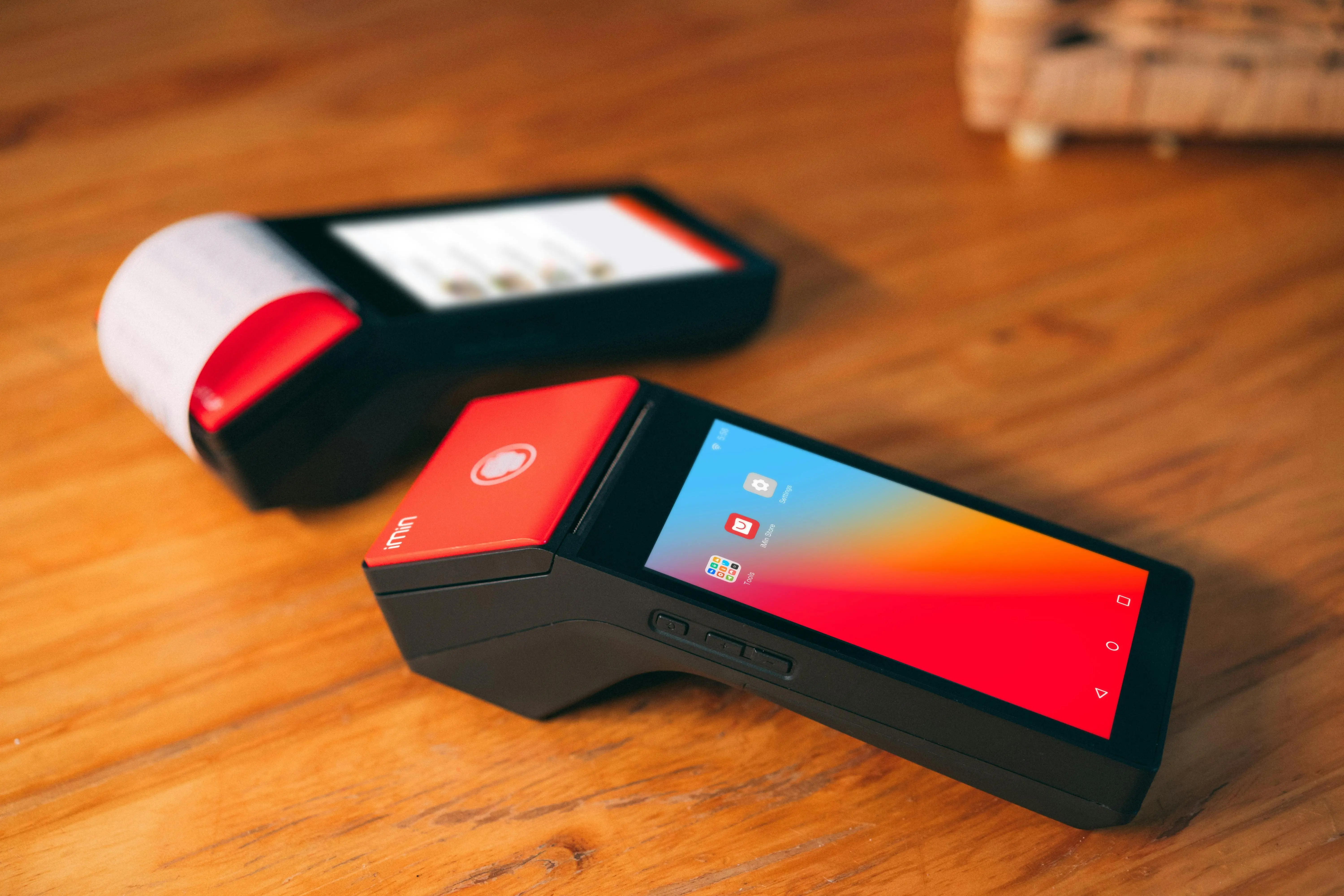
Why integrate PIM into your omnichannel strategy?

Omnichannel has gradually become one of the almost unavoidable challenges facing brands with online activities. To ensure optimal visibility, brands are gradually broadening their positioning, with the aim of reaching different customers through different channels. This means adapting sales and communication strategies to ensure that the customer experience remains consistent and positive. But 78% of retailers today admit that they do not offer a uniform brand experience across all channels.
Why and how can this be remedied? And where to start?
A PIM for your products and your omnichannel strategy
In a digital and omnichannel environment where information is accessible almost instantaneously, tact is required. It is a question of ensuring the continuity of exchanges with customers across all channels while making these exchanges highly relevant by personalising them. This starts with the core of the brand: its products and all the information about them.
And for good reason: when product information is not harmonised in an omnichannel logicthis is not without consequences...
Of the ¾ of visitors who identify inconsistencies in information for the same product across different channels, 87% have delayed their purchase according to (Product Information Report study, Shotfarm, 2017)
Lack of consistency between content or media presented on different channels This generates a "cognitive dissonance" in the consumer who cannot reconcile different product information. This can affect loyalty and brand image.
Careful attention to the consistency of product information, across all channels, is therefore essential. This contributes to a harmonious experience for customers when they interact with product information or photos: the product experience. The latter takes on its full meaning in an omnichannel strategy, where the search for information, on the potential customer's side, is a key stage in the purchasing phase.

The ingredients of an omnichannel product experience
Regardless of the channel mix a brand chooses to position itself on, the quality of product information - and therefore of the product experience - must be impeccable. Harmony and consistency of content across channels, accessibility and accuracy of data, uniform brand identity... these essential ingredients of a quality omnichannel product experience require clear and fluid internal processes to centralise and then distribute verified and calibrated content.
Obstacles to cross-fertilisation of products
However, there are many hurdles to overcome before a product can be properly promoted omnichronically. First of all, collecting product information can be complex, especially if internal processes and supplier relations are not optimized.
This becomes even more complex when the information that needs to be provided varies between channels. This is particularly the case for for marketplaces The number of characters required for a product description, etc.).
In these contexts, there are often poorly formalised or non-formalised processes for contributing to product information, resulting in unnecessary delays and effort. This can lead to high costs in terms of resources and time spent on opening up new sales channels, especially in cases where product information is not centralised.
How does the PIM (Product Information Manager) meet the challenges of an omnichannel strategy?
In this complex omnichannel context, tools such as the PIM are designed to make life easier for e-tailers. The PIM (Product Information Manager) offers several advantages:
- It eliminates product information silos for each channel,
- It allows all channels to be fed in real time,
- It automates business workflows (information enrichment processes) that can be applied to all channels,
- It allows you to respond to specific referencing issues by channel.
By centralizing product information in a single database, available in real time and easy to connect to, it becomes possible to open up new sales channels in just a few clicks. So, for an e-commerce company PIM helps reduce Time to Market across all channelsa decisive factor in an omnichannel strategy.
This is also true as part of an international strategy: the PIM makes it possible to centralize the translation of product offers, making it easier to sell products in new markets.
And depending on the specificities of the different channels, PIM can also be used to present information in different forms, such as print communication media. It makes it easy to produce web-to-print catalogs and brochures from centralized product information.
Conclusion
The PIM is therefore the reference product information base at the heart of the omnichannel strategy. Integrating new stakeholders, opening up new sales channels or producing new communication media thanks to web to print: these are all actions that can be facilitated, allowing the e-retailer to save time and gain considerable efficiency in order to optimise its omnichannel strategy.
While PIM is perfectly suited to the challenges of an optimized product experience, it can also be adapted to support e-tailers in the evolution of their strategy on new technologies and new channels. To meet new consumer expectations. It is possible, for example, to link the product catalog to customer interaction scenarios via chatbots, and, tomorrow, to integrate product descriptions designed to be spoken (and not read) on the new Voice channels. The omnichannel of the future is already possible thanks to PIM !
PIM is at the heart of an effective omnichannel strategy. It enables consistent product information to be distributed across all points of contact: e-commerce sites, marketplaces, technical data sheets, print catalogs or B2B tools. It centralizes data, structures it, and automatically adapts it according to channel, format or language.
Such a system reduces time-to-market, avoids errors, speeds up updates, and simplifies multilingual management. It is becoming indispensable for brands wishing to create a fluid, personalized and consistent product experience across all their sales channels.
The PIM becomes a strategic hub that supports the digital and international growth of our brands.







_Leader_Mid-Market_Leader.svg)

_MomentumLeader_Leader.svg)

_BestResults_Enterprise_Total.svg)
_EasiestToUse_Enterprise_EaseOfUse.svg)
_UsersMostLikelyToRecommend_Enterprise_Nps.svg)






